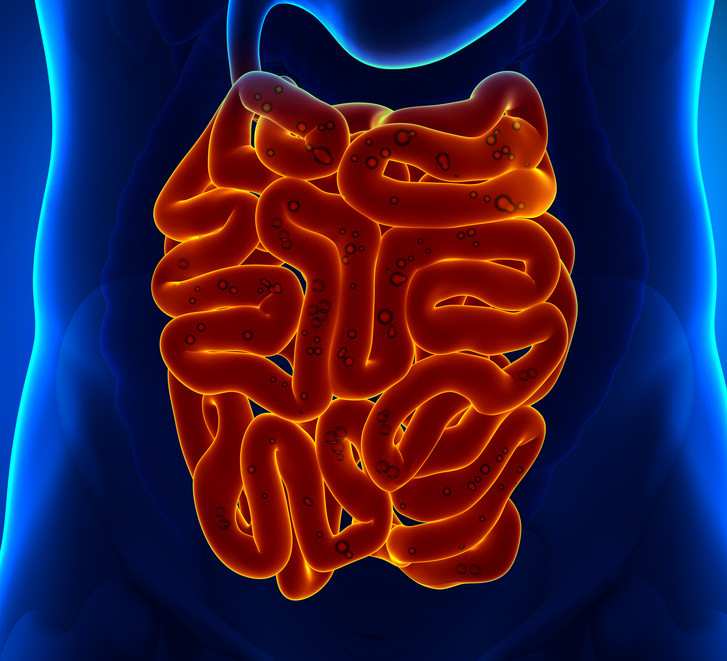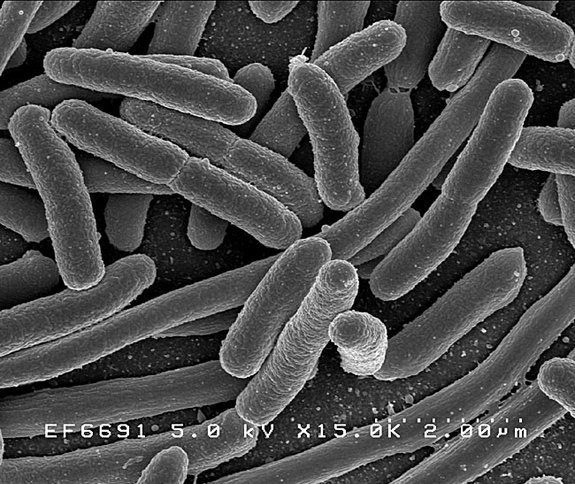Question #a4d61
1 Answer
Here's my (very rough) estimate of what that number could be.
The human gastrointestinal tract (GI Tract) has recently been discovered to cover less than previously believed. At some point, the surface area of the GI Tract was estimated at

So, let's assume we have an average GI tract size of

The average E coli bacterium has a lenght of about
fF you set each of these ellipses side by side, you could get a rough number of
The number of bacteria that would cross would be
I believe the actual number is bigger, not that this one is particularly small. By comparison, the number of stars in our galaxy alone is estimated at 400 billion,

